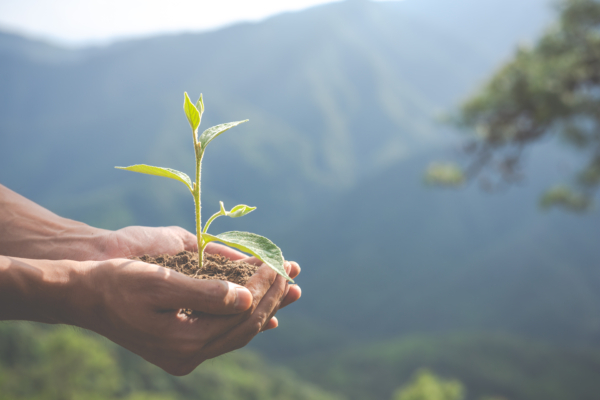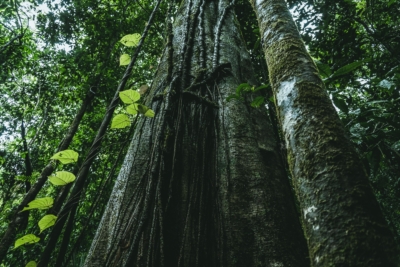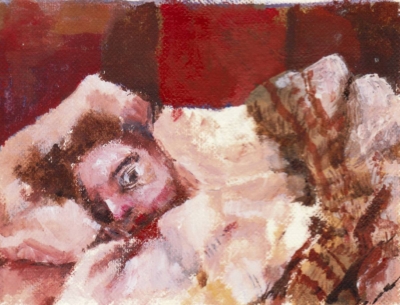Our reflections on the International Day for Biological Diversity 2021

On May 22, a new International Day for Biological Diversity was celebrated. From the SARAS Institute, we invite part of the community of associate researchers and members of the SARAS Institute to contribute a brief reflection on the date.
We share with you some of these reflections, as well as other materials and recommendations that you have sent us, which complement your vision about biodiversity.
We hope that these words, images, and resources serve to broaden the view, as well as contribute to the debate.
“We always focus on the fact that man should protect biodiversity; we now know that biodiversity protects the man. Each tree threw down, and each species that disappears brings us closer to a new social crisis. Man, plant and animal… we are all part of the same socio-ecosystem”.
Dr. Rafael Calderón-Contreras

“The story that we have believed in the West is that the most common relationships between living organisms are those of competition, also applied to social interactions. Evidence suggests that the most abundant relationships in nature are cooperative ones. So shouldn’t we change the narrative? ”
Degree in Human Biology Ana Lía Ciganda
Hacia una nueva Biología, Máximo Sandín
Arbor CLXXII, 677 (Mayo), 167-218 pp
Los ciegos y el elefante, Máximo Sandín
Noviembre de 2000
Texts only in Spanish
“Many of our food systems are suffering ailments related to simplification of natural and human systems – monocultures of the mind and nature. Biological diversity coupled with cultural diversity can help to heal many of these ailments.
We have gone from a world that used to cultivate about 7000 plant species to having 7 species provide around ¾ of our vegetable calories (rice, wheat, maize, sugar, sorghum, millet, and cassava) (Pimentel et al. 2007).
Our kitchen tables and the tables around which policy is made must have a diversity of healthy options – to overcome malnutrition and not impoverish our planet.
I will celebrate World Biodiversity Day with a delicious menu that supports the agroecosystems that nourish me and our Earth. Not only am I what I eat, but the world is what I eat it to be”.
Ph.D. Lisa Deutsch
– Pimentel PDD and Pimentel MSMH. 2007. Food, Energy, and Society, Third Edition.

“With Our Own Hands: A Celebration of Food and Life in the Afghan and Tajik Pamirs” by Jamila Haider.
This book, which is much more than a cookbook, tells the cultural and agricultural history of the Afghan Pamirs and Tajik, an example of biological and cultural diversity.
“We inhabit ecosystems, but we also inhabit ecosystems, made up of thousands of societies of microbes evolving in our gastrointestinal system and skin. From 10 to 100 million of millions of microbes, according to different estimates. Factors that disrupt the macrobiota also alter the human microbiota. Epidemics of obesity, allergies, asthma and other autoimmune diseases, intestinal inflammation, and neurological disorders such as autism are associated with the accelerated extinction of the microbiota. The lifestyles promoted by urbanization, industrialization, migration, and even exclusive nationalism are the cause of both microbiota dysbiosis and the loss of cultural and linguistic diversity. The conservation of the microbiota goes through intercultural educational policies.”
Ph.D. Jorge Marcone
“Conservation of biodiversity: a global challenge that affects us and involves us all”
May 21, 2021 Writes Lisa Deutsch, Manfred Steffen, Néstor Mazzeo in Positions
Article published in La Diaria (Uruguay), May 21, 2021
Article available only in Spanish

Illustration by Ramiro Alonso

